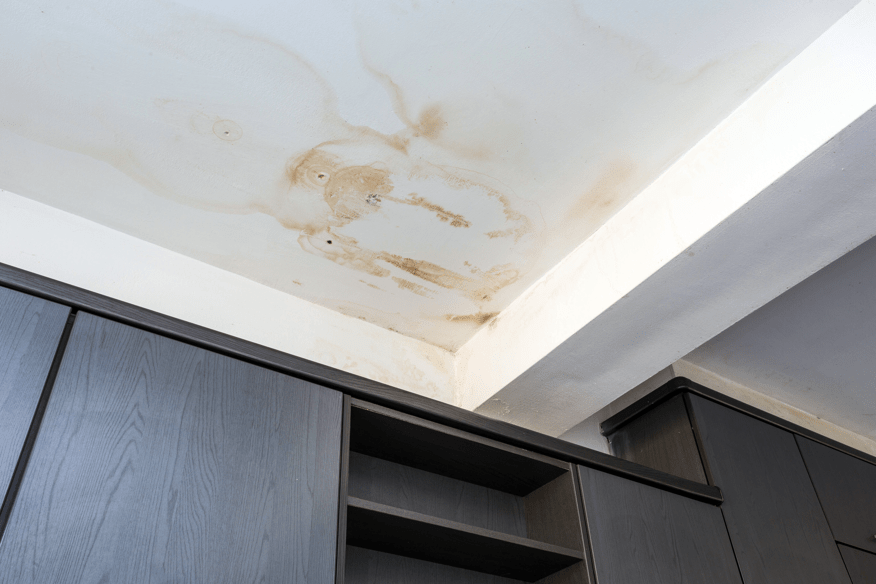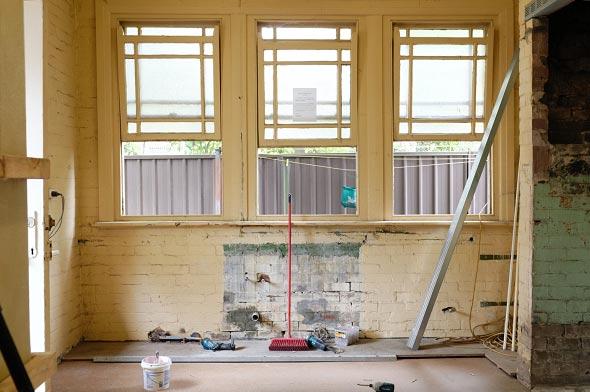Just how do you actually feel in regards to Preventing Fires and Water Damage In Your Home?

Water offers life, water intrusion on components where it's not expected to be can result in damage. Homes with water damage scent old and moldy.
Water can come from lots of sources such as hurricanes, floodings, burst pipelines, leakages, and sewage system concerns. In case you experience water damages, it would be good to know some safety and security preventative measures. Right here are a few standards on how to handle water damages.
Do Prioritize House Insurance Coverage Protection
Water damages from flooding dues to hefty winds is seasonal. Nevertheless, you can also experience an abrupt flooding when a faulty pipeline all of a sudden ruptures into your home. It would certainly be best to have home insurance policy that covers both disasters such as natural disasters, and also emergencies like damaged plumbing.
Don't Fail To Remember to Shut Off Energies
This cuts off power to your whole residence, protecting against electrical shocks when water comes in as it is a conductor. Do not forget to turn off the primary water line shutoff.
Do Keep Proactive and Heed Climate Signals
Storm floods can be very uncertain. If there is a history of flooding in your community, stay aggressive and also ready. Pay attention to evacuation cautions if you live near a river, creek, or lake . Secure prized possessions from the very beginning and cellar, after that put them on the highest feasible degree. Doing so reduces potential property damages.
Don't Overlook the Roofing System
Prior to the weather turns frightful, ensure you have a roof covering examination. It would certainly be prudent to get this solution each year as it can alleviate complex problems. If there are no holes and leakages in your roofing system, you can stay clear of rain damage. Your contractor will also look after damaged gutters or any other indicators of weakening. This will protect against water from flowing down your walls and also soaking your ceiling.
Do Focus On Tiny Leaks
A ruptured pipe does not take place over night. Usually, there are red flags that indicate you have actually weakened pipelines in your home. For example, you might discover bubbling paint, peeling off wallpaper, water touches, water discolorations, or dripping noises behind the walls. At some point, this pipe will rupture. Preferably, you ought to not wait on points to rise. Have your plumbing repaired prior to it leads to huge damage.
Don't Panic in Case of a Burst Pipe
When it comes to water damages, timing is essential. Hence, if a pipe bursts in your residence, right away shut off your main water valve to cut off the source. Call a trusted water damages reconstruction expert for support.
Water offers life, water intrusion on parts where it's not intended to be can result in damages. Houses with water damage odor old and musty.
Water damage from flooding fees to hefty winds is seasonal. You may discover gurgling paint, peeling wallpaper, water streaks, water spots, or dripping noises behind the wall surfaces. When it comes to water damages, timing is essential.
Some Do's & Don't When Dealing with a Water Damage
DO:
Make sure the water source has been eliminated. Contact a plumber if needed. Turn off circuit breakers supplying electricity to wet areas and unplug any electronics that are on wet carpet or surfaces Remove small furniture items Remove as much excess water as possible by mopping or blotting; Use WHITE towels to blot wet carpeting Wipe water from wooden furniture after removing anything on it Remove and prop up wet upholstery cushions for even drying (check for any bleeding) Pin up curtains or furniture skirts if needed Place aluminum foil, saucers or wood blocks between furniture legs and wet carpet Turn on air conditioning for maximum drying in winter and open windows in the summer Open any drawers and cabinets affected for complete drying but do not force them open Remove any valuable art objects or paintings to a safe, dry place Open any suitcases or luggage that may have been affected to dry, preferably in sunlight Hang any fur or leather goods to dry at room temperature Punch small holes in sagging ceilings to relieve trapped water (don't forget to place pans beneath!); however, if the ceiling is sagging extremely low, stay out of the room and we'll take care of it DO NOT:
Leave wet fabrics in place; dry them as soon as possible Leave books, magazines or any other colored items on wet carpets or floor Use your household vacuum to remove water Use TV's or other electronics/appliances while standing on wet carpets or floors; especially not on wet concrete floors Turn on ceiling fixtures if the ceiling is wet Turn your heat up, unless instructed otherwise

I found that article on 5 Home Safety Tips To Reduce The Risk Of Fire And Water Damage when exploring the web. Sharing is caring. You never know, you could be helping someone out. I treasure reading our article about Ways to Reduce The Risk Of Fire And Water Damage.